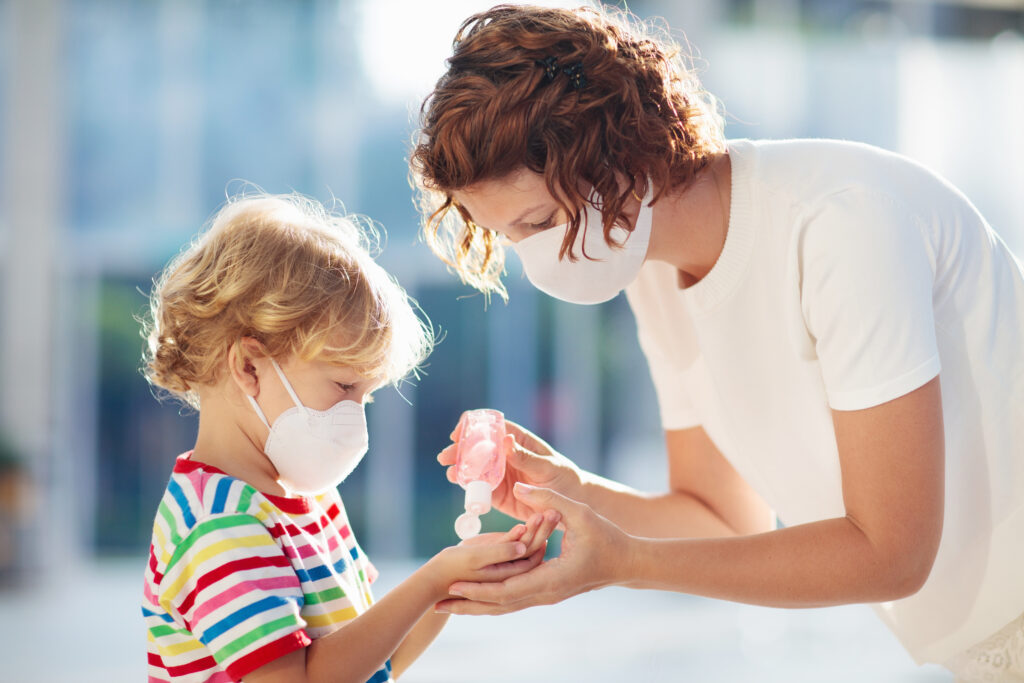Building Trust (Grades K-5)

Students recognize the central role honesty plays in generating trust and they demonstrate their honesty in their communications in three ways:
- Truthfulness. Students are truthful; everything they say is true to the best of their knowledge (i.e., they do not lie);
- Sincerity. Students are sincere. This means they always convey the truth as best they can by avoiding all forms of accidental or intentional deception, distortion or trickery (e.g., it is dishonest to tell only part of the truth in an effort to create a false impression or deliberately omit important facts with the intent to create a false impression); and
- Candor. Students know that certain relationships (e.g., parent-child, teacher-student, best friends) create a very high expectation of trust. In these relationships, honesty requires them to be candid and forthright by volunteering information to assure that they are conveying the truth, the whole truth, and nothing but the truth. (e.g., a student who accidentally spills soda on a school computer must voluntarily tell the teacher without being asked; a student who breaks her mother’s favorite vase must tell her mother voluntarily).
Character Education Objectives:
- Students will reflect on how trust is built and broken in a friendship.
Content Goal
- Students will define trustworthy behaviors and demonstrate the impact of broken trust.
Language Goal:
- Students will write about things they can do to build their own trustworthy behaviors.
Purpose:
Trust in a relationship is not built overnight. It takes a series of trustworthy actions and behaviors to build it up. Unfortunately, one untrustworthy action can break trust instantly. This lesson is designed to demonstrate how our actions impact trust in a friendship and allow students to explore the concepts of truthfulness, sincerity and candor.
Lesson:
Discussion (5 min)
Have a large or small group discussion about what does being trustworthy mean? Talk about what it looks like and what is does not look like. Ask students to share examples of trustworthiness they have seen.
Activity (10 min)
Build a trust tower.
- Give each child a few blocks. You can use Jenga blocks, building blocks or anything you have in the classroom. You want the students to be able to successfully build the tower, so be sure to plan with the right number of blocks. The best plan is to build the tower with layers of three blocks each, alternating direction on each layer. See the game Jenga for an example.
- Ask the students one by one to come up and build a tower of trust. Each block represents something they can do to build trust. Ask students to say out loud what they can do to build trust as they place the block. Give all students an opportunity to add one or multiple blocks until you have your tower.
- Explain to students that you have built this wonderful tower of trust. It’s much like a friendship and it takes work to build by consistently being trustworthy. Sometimes we choose actions that are not trustworthy and that will start to break down that tower.
- Have prepared statements of untrustworthy actions from your discussion ready. Read a statement and ask one student pull one block for each statement. The student can choose any block. Continue until the tower falls.
Discussion (10 min)
Talk with students about how trust in friendships is built just like they built the tower. One by one your actions show the other person you are trustworthy. When you choose a behavior or action that is untrustworthy it starts to break down that tower. The first untrustworthy action may not knock the tower down, but it may. Could it be the second time? The third? You never know when that tower will fall and that trust will break.
Ask the students to discuss the following questions:
- Is it easier to build trust or to break it down?
- How do you rebuild trust with a friend once it has been broken?
- Are there any times it is ok to be dishonest?
Journal (5 min)
What can I do to be more trustworthy?
Family Connection:
Ask families to replicate the activity you did in class, but think about how they build trust in their family.
- Draw a line down a piece of paper. On one side write/draw examples of how they show trustworthiness in the family. On the other side write/draw examples of what untrustworthy behaviors could be in the family.
- You are going to build a trust tower. You will need blocks. Fifteen blocks are great, as you can lay them in 5 layers with 3 blocks in each layer while alternating directions. The game Jenga is a great reference point for this.
- Ask each family member to place one block at a time. As they place the block, ask them to share something they can do personally to help build trust in the family. Repeating answers is ok because it is all about what that individual can do. Continue until you have a tower of trustworthy behavior.
- Now, look at your list you made. Read your untrustworthy behaviors one at a time. As you read them, have someone pull any block from the tower. As you start to pull blocks, talk about how sometimes you choose behaviors that are untrustworthy. One time probably will not knock down the tower, but it might. Could it be two behaviors? Three? You never know when that tower of trust that you worked so hard to build in your family may fall.
- Have a discussion with your family around the following questions:
- How do we rebuild trust in our family once it has been broken?
- Is it easier to build trust or destroy trust? Why?


